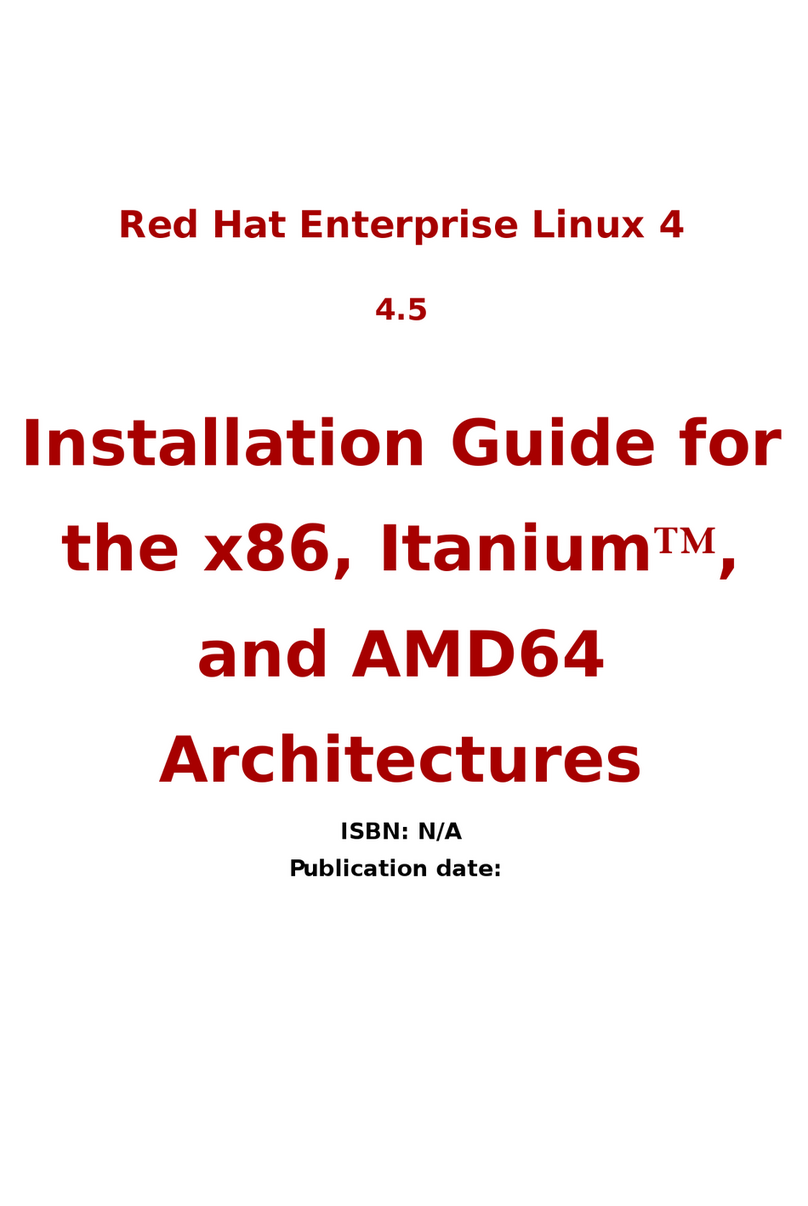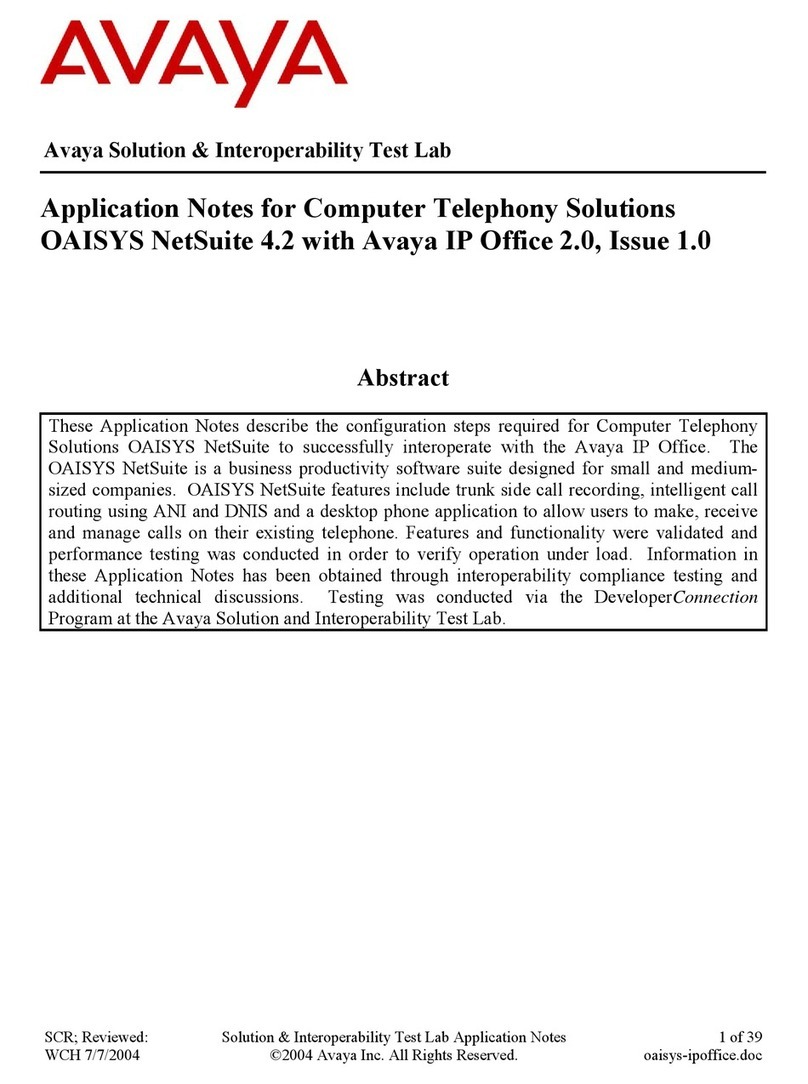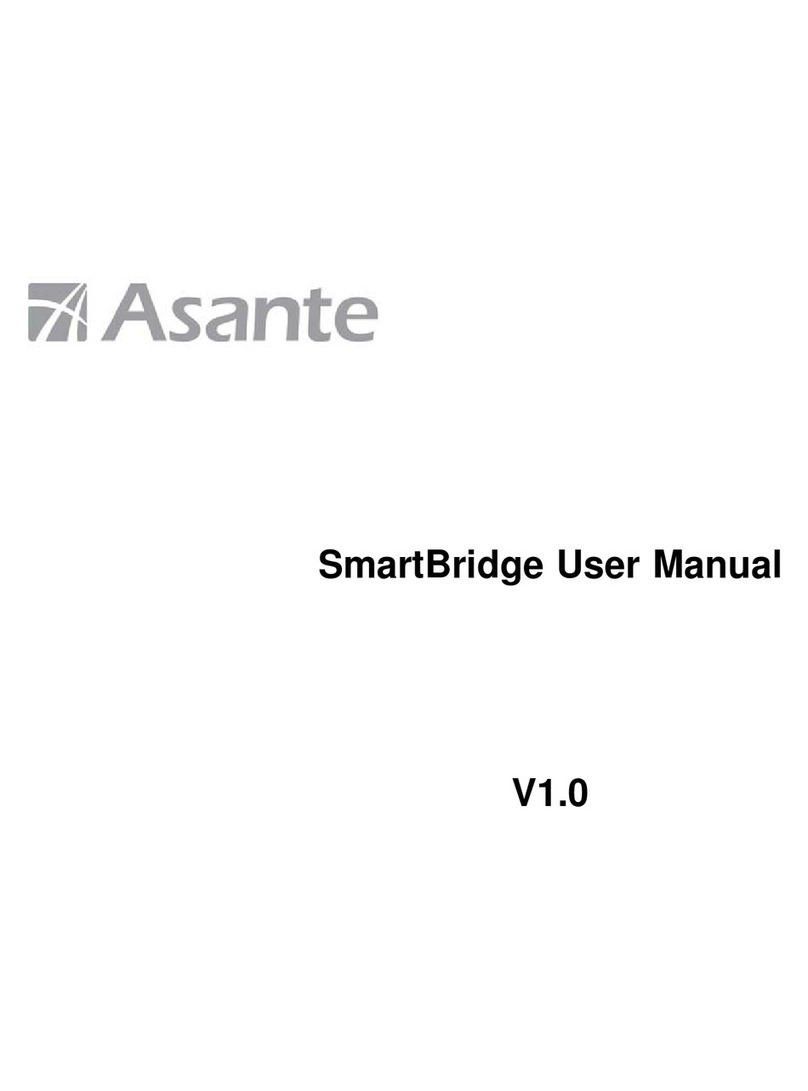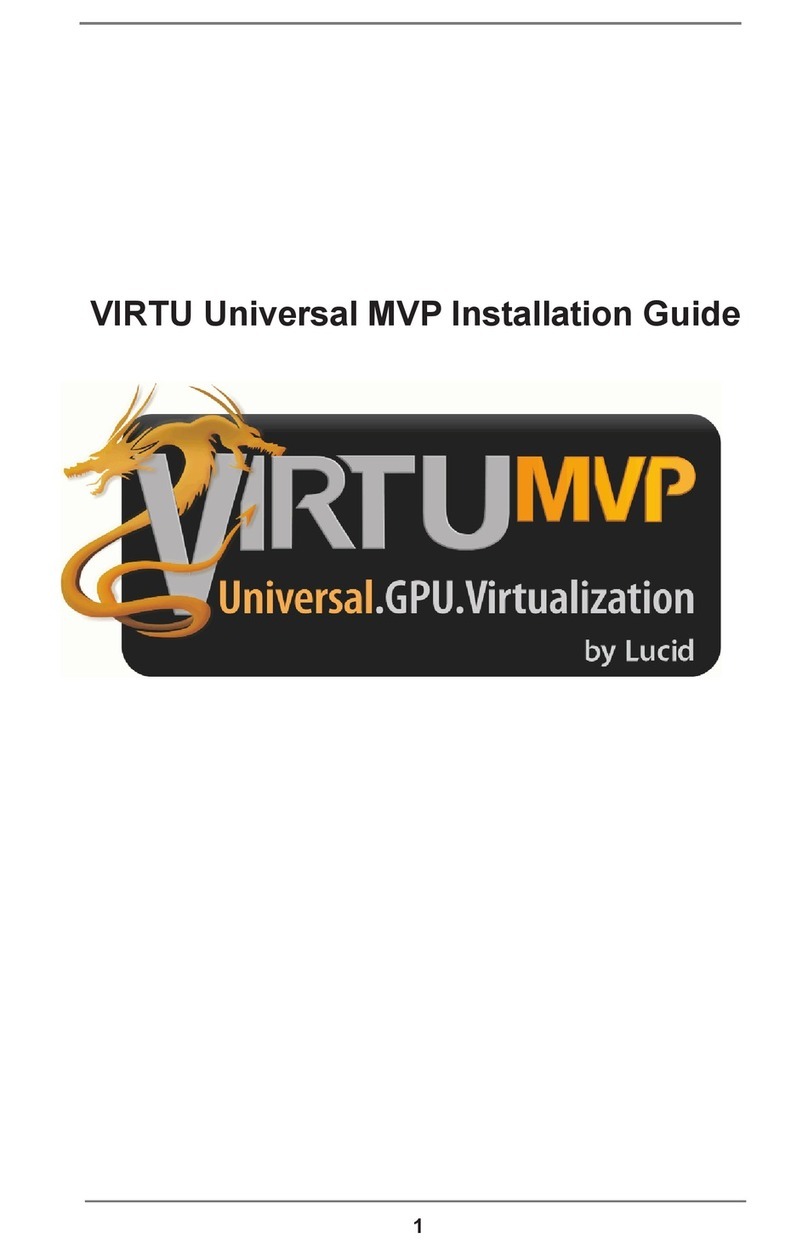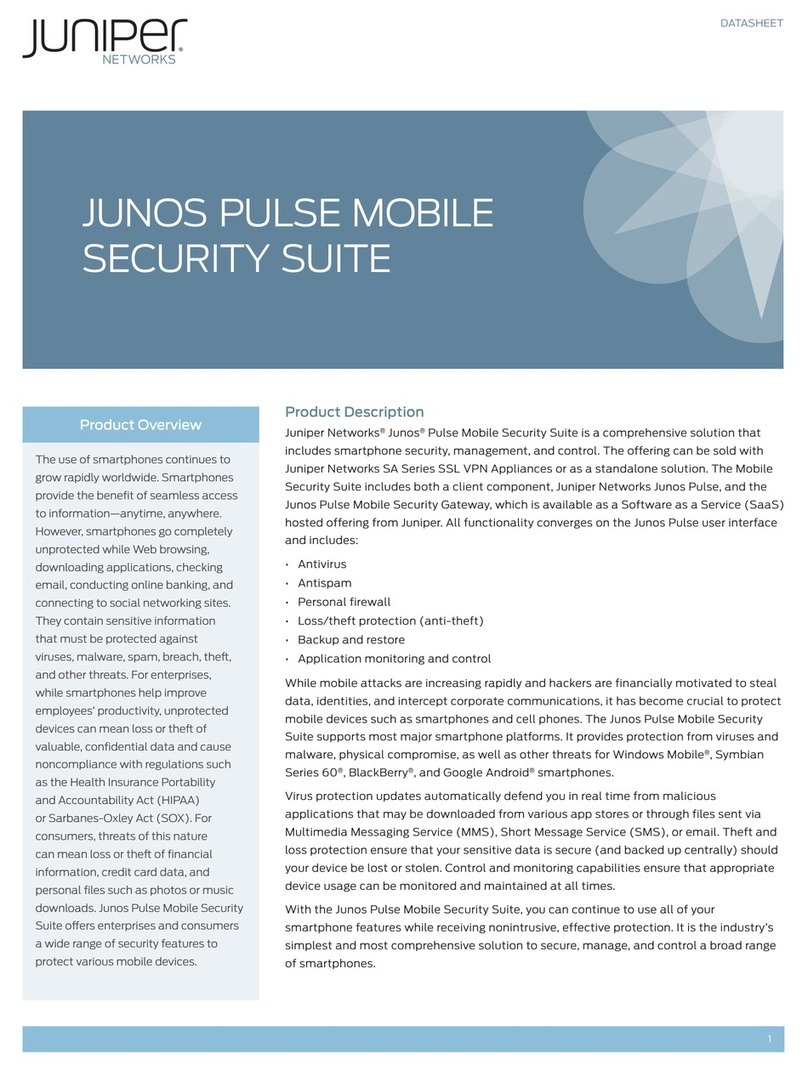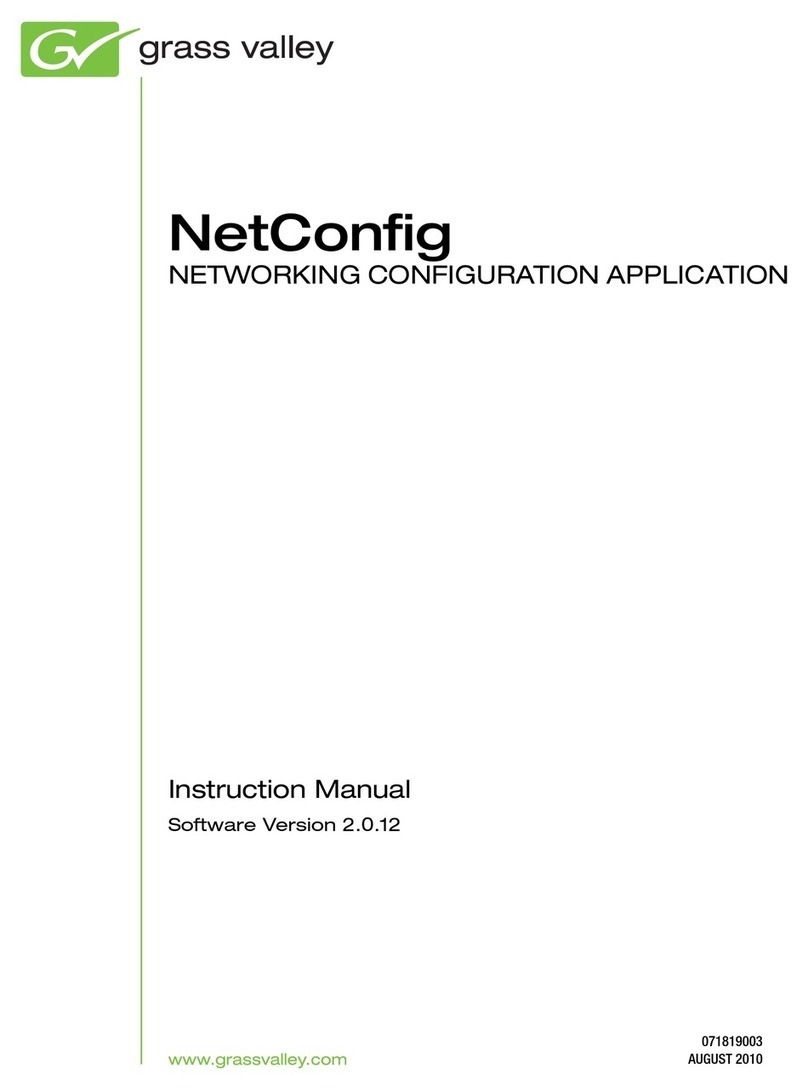
d
Table of Contents
Startup...................................................................................................... 1
DataBase Login........................................................................................ 2
Workstation Login ................................................................................. 85
ToolBar & Menus .................................................................................... 3
Menus Map .............................................................................................. 4
Operator Comments ................................................................................. 5
Operator Passwords.................................................................................. 6
Password Profiles..................................................................................... 7
Profiles – Locations.................................................................................. 8
Profiles – Menus ...................................................................................... 9
Profiles – Input/Output/Device Overrides............................................... 11
Profiles – Companies.............................................................................. 12
Profiles – Card Fields ............................................................................. 13
Profiles – Access Level .......................................................................... 14
Reports / System Programming .............................................................. 15
Reports / Card Holder............................................................................. 17
DataBase Backup ................................................................................... 23
History Backup ...................................................................................... 25
Restore/Repair Data ............................................................................... 28
Event Filters........................................................................................... 31
Card Holder............................................................................................ 34
Card Holder Search ................................................................................ 35
Card Holder List..................................................................................... 38
Adding a Card ........................................................................................ 39
Card Holder Phone # .............................................................................. 45
Card Holder Keys................................................................................... 46
Card Holder Skills.................................................................................. 47
Capture Card Holder Image.................................................................... 48
Import Card Holder Image...................................................................... 49
Edit Card Holder Image.......................................................................... 50
Print Card Holder Badge ........................................................................ 51
Activate/De-activate Company ............................................................... 52
Access Level .......................................................................................... 53
Bulk Load Access Levels ....................................................................... 56
Time Zones ............................................................................................ 60
Company................................................................................................ 63
